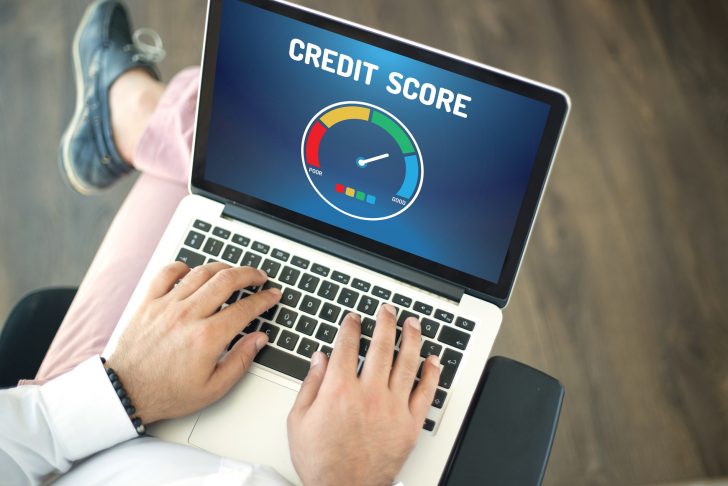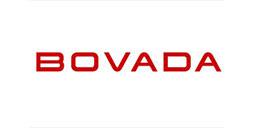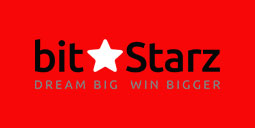Editable Blockchains?
The exchange would use three different account to act as temporary stores for every type of currency, with the initial holding the consumer’s fiat, the second holding one type of cryptocurrency and the third holding another one.
The chief in blockchain information, CoinDesk is a different media outlet that strives for the greatest journalistic standards and abides by a strict series of editorial policies. Interested in providing your experience or advice to our coverage? Get in touch with us in news@coindesk.com.
FICO watchdog
Miners can hedge their bets by guaranteeing a payout in the event the network’s hash speed grows faster than anticipated (thus increasing the difficulty of finding a fresh block).
CME Group established its first bitcoin futures contracts Dec. 18 — and a filing from before this season indicates that it could create products aimed at specific areas of the cryptocurrency ecosystem.
Gears and cogs image via Shutterstock
The ‘Editable Blockchain’
As illustrated by documents from the State Intellectual Property Office — that the Chinese counterpart to the U.S. Patent and Trademark Office — China UnionPay is looking at how it might join its ATM networks with a blockchain.
Consequently, proposed inventions such as this one (or something similar) can play a key part in helping exchanges supply “bodily” delivery of something that is entirely digital.
Yet critics deemed the notion contentious, stating that the idea flies in the face of bitcoin’s basically open-door policy, where any party can get a load, then broadcast trades and add their information to the blockchain.
Is your “father of fiscal future” getting into crypto?
The patent especially explained that the system would collect information from bitcoin exchanges, using this information to come up with a “threat score” for every trade. Transactions with greater danger scores would be flagged, letting them be assessed before tracking them for their destination.
Is one of the greatest credit monitors getting into the bitcoin match?
The business has not yet said whether it’s actively pursuing blockchain to join its own ATMs, but China UnionPay noted in its software that the safety given by the tech could address a significant issue its network confronts.

The device described would connect digital monies to derivatives contracts, making sure safety by putting the registry in a repository that is not publicly available. On the other hand, the registry would be a mechanism for bringing the cryptocurrency.
Ultimately, the editable blockchain patent perhaps illustrates the varying perspectives found in the industry today — as well as the different ways in which the technology can be used and altered by participants in the area.
At its heart, the proposed method would use blockchain for a kind of global clock, Implementing it to populate the ATMs and the bulk amounts of information they process.
But, the stream of patent filings observed in the previous year demonstrates that a few of these significant companies are seriously considering the way the technician could change how they function — or, in least, serve as a foundation for new intellectual property.
Over two weeks before, that the CFTC published its proposed definition of exactly what constitutes a “physical delivery” of a cryptocurrency. While this definition is still subject to public comment and possible change, the bureau is moving nearer to a formal coverage after weeks of wrangling.
Below, we look at a few of the notable (and proposed) applications of this technology from the past year, from the contentious rewriteable blockchain to a proposed system for measuring cryptocurrencies from Bank of America.

Among this year’s more notable filings came out of China UnionPay, the charge card and ATM giant.
While it’s apparent that Bank of America is still not likely to be launch its very own crypto-exchange anytime soon, the filing and following award from this season nonetheless illustrate the sorts of applications being viewed within the fiscal world.
Mining is a energy-intensive process by which new transactions are added to a blockchain, which also results in the minting of coins that are new as a benefit. Put simply, miners burn a lot of power to run their machines in a bid — ideally — add a cube or two a day in the very least.
That was one of the prevailing queries stoked by means of a patent application from FICO published in September. It outlined a way of discovering “illegal” cryptocurrency trades, boasting a way of determining whether they are either fraudulent or portion of a money laundering strategy.
Released earlier this month and tracing back to 2014, Bank of America’s projected cryptocurrency exchange patent would, if fully realized, allow users exchange a government-issued currency to some cryptocurrency. From that point, as detailed by the filing, the consumer can then move into a different crypto of their own choosing.
Sandor’s involvement was a prominent aspect back as soon as the filing was initially made public. However, recent regulatory improvements in the U.S. have maybe attracted the suggested invention back to the fore.
The past 12 months have seen a assortment of patent applications targeted on cryptocurrency or blockchain applications, including a number from prominent firms such as banks giant Bank of America and credit score giant FICO.
Released at Tue, 26 Dec 2017 21:00:46 +0000
Money Trading
It was perhaps a sudden patent award from one of the best banks in the U.S.
This kind of potential was raised in a patent filing for an hardware device that enables cryptocurrency trading, given that one of its listed inventors — economist Richard Sandor — is imputed as having pioneered the fiscal product in the 1970s.
ATMchain?
While it is not apparent if FICO has begun tracking bitcoin exchange information, the filing showed that important financial firms outside banks, brokerages and investment firms are exploring the way the tech might impact them and the sorts of functions they may serve in a possible future of entirely digital monies and assets.


Accenture secured a patent this season for an abysmal blockchain, a theory celebrated by several and harshly critiqued by others.
If the miners do create what’s anticipated, or the hash speed grows more slowly than planned to get the contract would then perish. While the miners wouldn’t obtain any money from it, they would have the ability to generate more profits through the mining process than initially planned.
In a hypothetical future where cryptocurrencies are used widely, the concept of walking down to the neighborhood bank branch to maneuver from a digital money to another may not be so far-fetched.
Mining Futures? 2017 Saw Crypto Patents borrows Up

The notion is that permissioned parties to a distributed ledger can, under specific conditions, change the information that has been inserted in case that it’s been altered or will be subject to fraud. Proponents state that it allows a vital amount of control that would, if called upon, be utilized to keep the books clean from unfriendly parties and their trades.
BofA Exchange?
Editable Blockchains? Mining Futures? 2017 Saw Crypto Patents Pile Up - July 2025
EXPERTLY REVIEWED
MOBILE FRIENDLY
FAST PAYOUTS
- CasinoRatingBonusVisit Casino
Get your 100% Match Bonus up to $1000!
200% match bonus up to 2000
Up to 5 BTC
Get up to 1 BTC on First Deposit!
Get your 5 BTC Welcome Bonus
Bitcoin Current Price
Top Rated

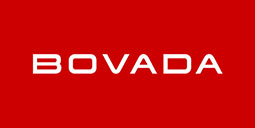

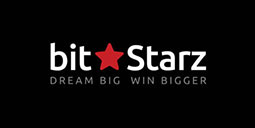
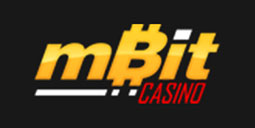
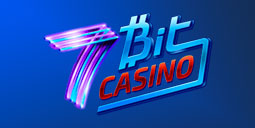
Search
Casino List
- 7bit Casino
- Bovada Casino
- Bitstarz Casino
- Ignition Casino
- Sun Palace Casino
- Aladdin's Gold Casino
- Casumo Casino
- Lucky Red Casino
- Fortunejack Casino
- Mbit Casino
- Mars Casino
- Club World Casinos
- Slotocash Casino
- Drake Casino
- Grand Fortune Casino
- High Noon Casino
- Royal Ace Casino
- Cafe Casino
- Raging Bull Slots
- Oshi Casino
- Betchain Casino
- Casino Extreme
- Vegas Casino.io
- Bitcoin Penguin Casino
- Joe Fortune Casino

